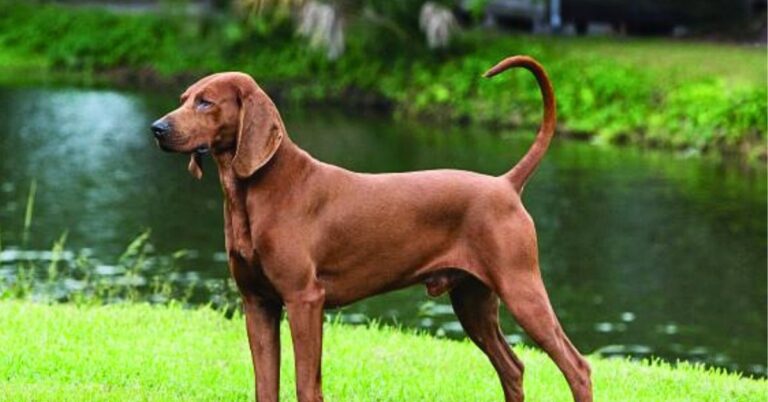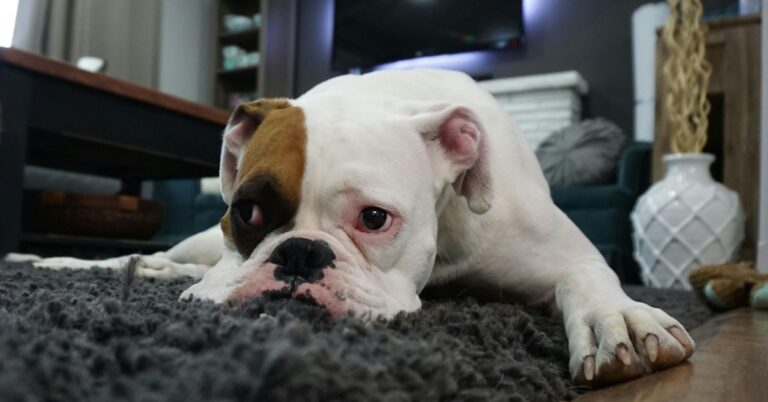10 Ways Dingoes Defy The “Dog” Label

They roam the outback like ghosts—cunning and nothing like the loyal companions we call pets. Dingoes carry a mystery that doesn’t sit well with tidy categories. They’ve adapted and outsmarted expectations in ways that unsettle the domesticated norm. In this list, we’re spotlighting 10 surprising ways these wild canines break the mold and challenge everything we think we know about dogs.
Skulls Don’t Lie
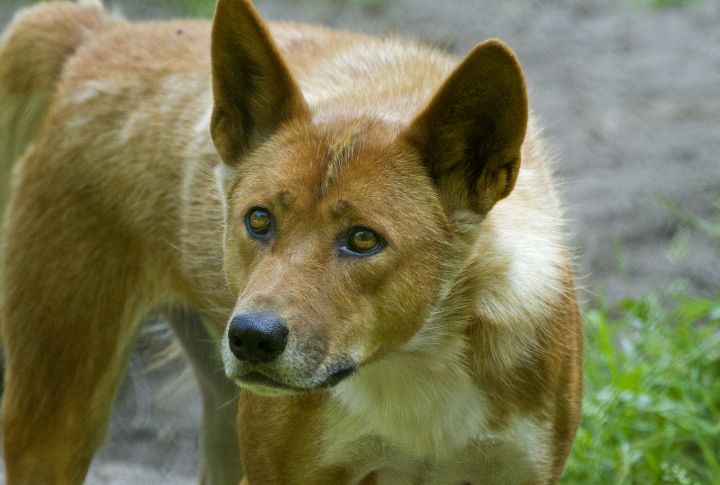
Skulls reveal what words can’t. Unlike other dogs, dingoes have flatter heads and larger ear chambers—traits that sharpen their senses and boost jaw power. Their brain-to-body ratio leans closer to wolves than pets, showing just how differently evolution shaped these wild canines.
They Sit In A Genetic Gray Zone
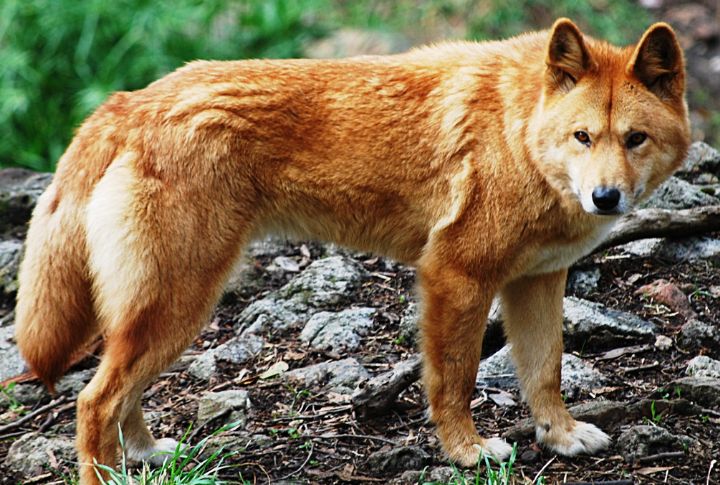
Think of dingoes as the evolutionary middle child—genetically lodged between wolves and modern dogs. Their unique Y-chromosome haplotype, H60, doesn’t appear in domestic dogs. Only a tiny percentage of wild canines carry less than 80% dingo DNA. They’ve carved out a category all their own.
The Hybrid Takeover? Not So Fast
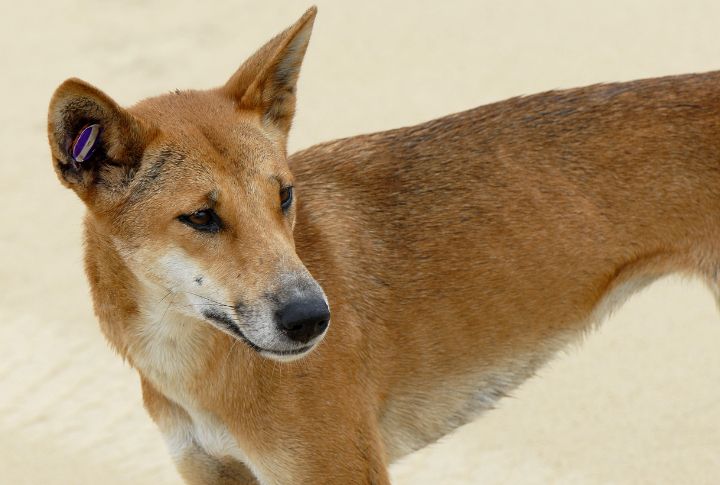
Turns out, pure dingoes still dominate the wild. A 2021 study by UNSW testing 5,000 animals found just 27 first-generation hybrids and very few dogs with evenly split ancestry. What was once assumed to be dilution is actually a case of mistaken identity—dingoes are holding their genetic ground.
Built For The Bush, Not The Backyard

Flexibility sets dingoes apart—literally. They can rotate their wrists, which makes it easier to climb and escape. Their speed tops out at 60 km/h, and their slim build gives them long-distance endurance. Most domestic dogs couldn’t match that combo of dexterity and stamina if they tried.
Trust Doesn’t Come Easy
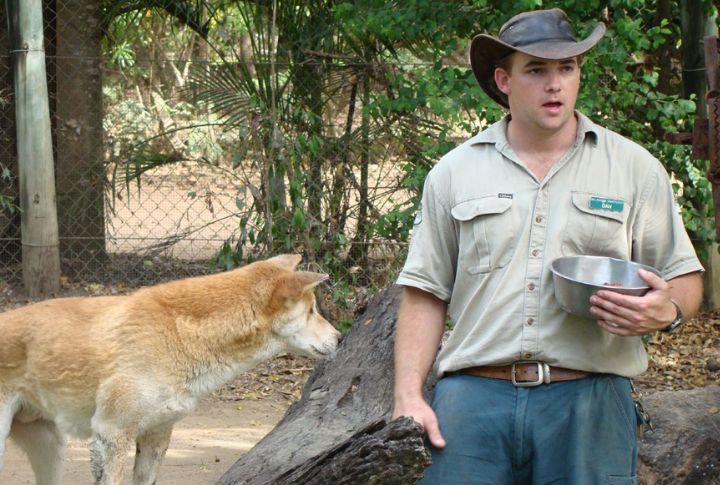
Unlike domestic dogs bred for companionship, dingoes are instinctively wary. They tend to avoid humans unless habituated, making aggressive encounters rare and often situational. Their prey drive is high, and their behavior remains deeply rooted in survival. These animals weren’t shaped to sit at our feet.
Packs Are Small And Strict
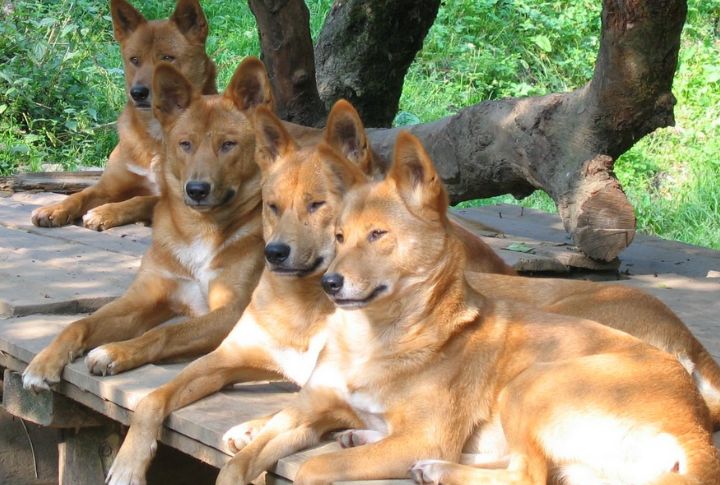
Forget large, chaotic packs; dingo families stick to a core pair and pups from the current year. They breed only once annually, unlike dogs that often reproduce year-round. Alpha females even cull pups from lower-ranking females to protect the group’s balance. Nature doesn’t always play nice.
They Rarely Raise Their Voice
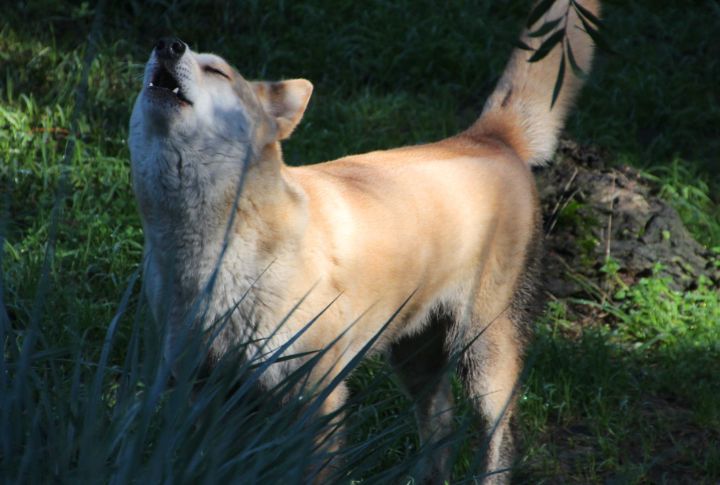
Barking is more of a side note than a feature. Only about 5% of a dingo’s vocalizations resemble the barks heard in domestic dogs. Most of the time, they communicate through whimpers or growls. Their soundscape feels more wild chorus than backyard noise.
Apex Role, Big Impact
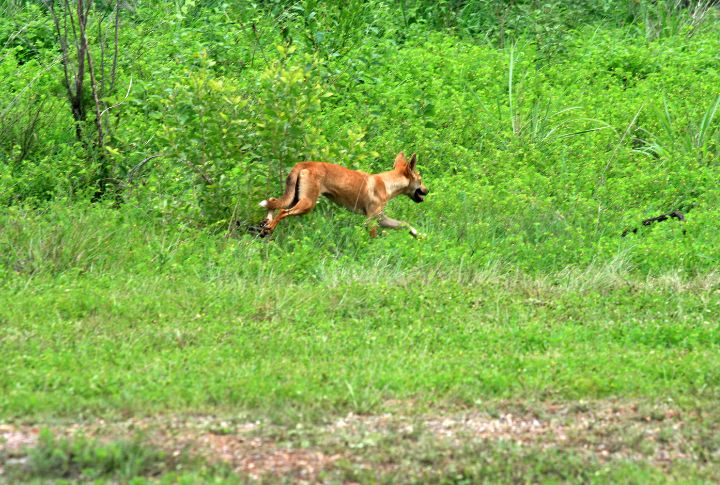
Ecologically, dingoes punch above their weight. By preying on animals like foxes and cats, they protect vulnerable native species. In their absence, pest populations—like the dusky hopping mouse—can explode up to 40 times. The old Dingo Fence, built to curb livestock loss, speaks to their far-reaching presence.
Still Debated After All These Years
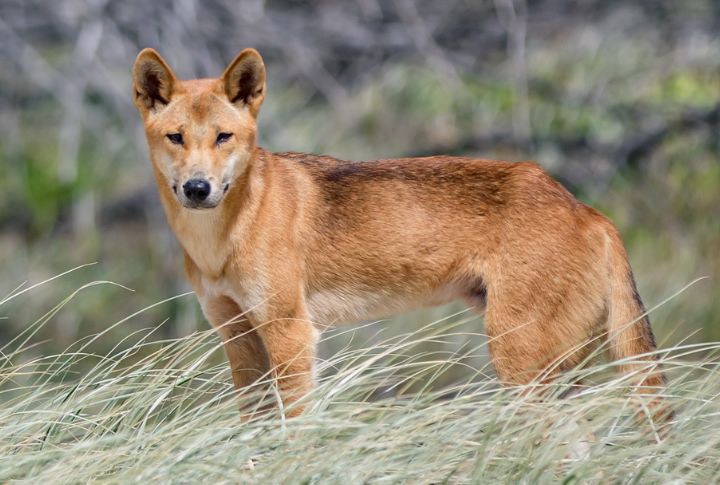
They’ve been called a species, a subspecies, and now an ancient breed. In 2024, top Australian scientists listed dingoes as Canis familiaris. This reignited classification debates. Labels aside, their ecological role and ancient lineage continue to fuel passionate discussion.
Inbreeding Risks Loom Large
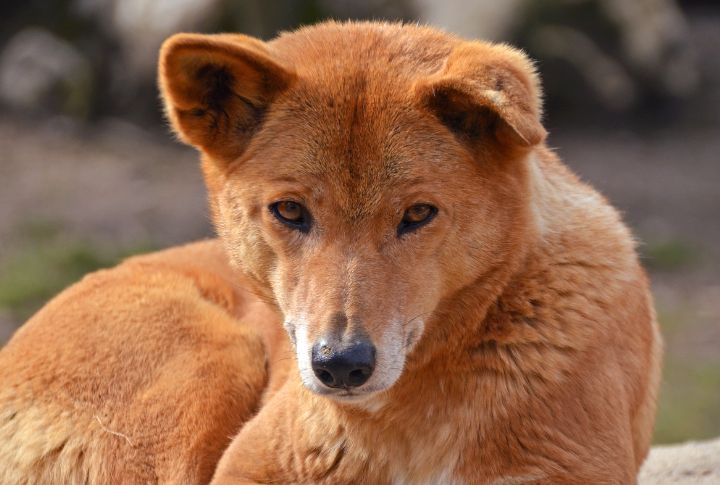
Dingoes face a quiet threat—low genetic diversity. A 2024 NIH study by Leon-Apodaca found extensive runs of homozygosity, which suggests they descend from a small founding population. Compared to many purebred dogs, their gene pool is even narrower. That leaves little wiggle room should disease or habitat shifts strike.



